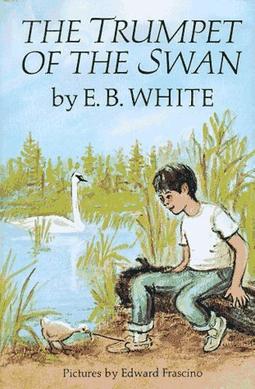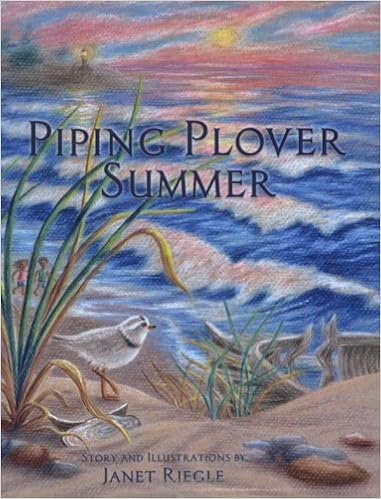The Trumpet of the Swan was written in 1970 when Trumpeter Swans were endangered, nesting only in isolated areas in Alaska, a small range in and near Yellowstone National Park, and a few places in Canada. Except for the fanciful and silly parts, the book is grounded in sound natural history. I love that Sam keeps a journal. I first read it The Trumpet of the Swan in 1977 when I was a new birder and teacher. Sam Beaver was my inspiration for taking my own students on bird walks. I devoutly wished I’d learned about nature as a child, too.
Jane Yolen’s Owl Moon was published in 1987, when my children were preschoolers. It’s about a girl who is finally big enough to go owling with her father. Reading it, I can viscerally feel her anticipation and hope, how cold it is, how she must be very quiet and wait patiently each time her father hoots, and how thrilled she feels when a Great Horned Owl flies in.
Jane Yolen’s lyrical words are grounded in her own vivid sensory experiences—this story was based on her husband, an avid birder, and their children. Owl Moon is the gold standard against which I compare all children’s books about real birds.
There’s a three-decade gap between the books I became familiar with as a teacher and mother of young children and the books available today, so I’m ignorant of a huge swath of good books. In 2008, one of my friends, Janet Riegle, wrote and illustrated a lovely book, Piping Plover Summer, for Raven Productions, about a pair of Piping Plovers nesting on a beach, and how their eggs and chicks are protected from dogs, humans, foxes, and gulls after people put up an enclosure. Walter has seen lots of photos of Piping Plovers—they pop up on my screensaver a lot—and likes the book even though a dog and a fox, two animals he loves, scare the plovers.
 |
I myself am listed as the primary author of a children’s picture book published in 2016 by the Cornell Lab Publishing Group. Am I Like You?, coauthored by Brian Sockin with illustrations by Anna Rettberg, is about a boy and his mother on a nature walk, the boy wondering which bird he’s most like. The storyline was not my idea—my role was more to provide the background information about the birds. I gave my copy to Walter who likes the bright illustrations, but he doesn’t pull it off the shelf very often.
I received a review copy of a picture book released by Princeton Architectural Press this year, She Heard the Birds, about Florence Merriam Bailey, one of my real-life heroes. It’s written and illustrated by Andrea D’Aquino. The abstract artwork is gorgeous, and I love that there is now a children’s book about such an important woman.
My only complaint is with one of the illustrations—a two-page spread showing ten birds with their names and a description of their vocalizations. All but two of the drawings and vocal descriptions are fine. But the Red-eyed Vireo picture shows a bird with a dark hood, white eye-ring, and solid yellow underside, when Red-eyed Vireos have no hood, an obvious black eye-line with no eye-ring, and a white underside. Despite the red eye, I’d never in a million years have guessed what this bird was.
The generic sparrow, simply called “Sparrow” with the vocalization described as “Cheep Cheep,” offended my sensibilities in a book about the author of the first real field guide. Florence Merriam Bailey's Birds through an Opera Glass shows EIGHT different species of sparrows, each with its own name, but does not include the House Sparrow, the only sparrow that says cheep cheep. I’m sure that as an ardent conservationist, she left out that familiar but invasive, exotic species on purpose. I have a lot of affection for House Sparrows myself, at least in very urban habitats, but when I read She Heard the Birds to Walter, I’ve been calling that bird a White-throated Sparrow and whistling the Old Sam Peabody song to him.
A fussy person can find fault with just about anything, and I’m obviously very fussy when it comes to bird books. But a new one coming out next month is right up there with Owl Moon at the top of my list. Next time, I’ll talk about Scott Weidensaul’s forthcoming A Warbler’s Journey.




